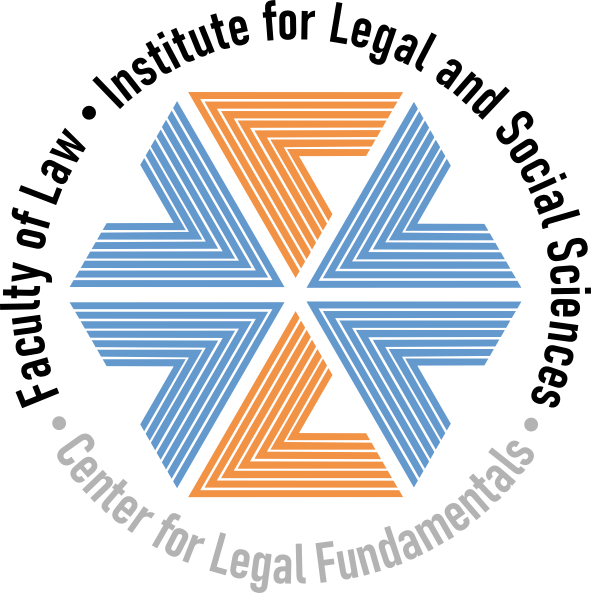Re-emergence of the dowry amongst Serbs
Апстракт
The dowry (miraz) was not originally a Slavic custom. It has entered the medieval Serbian law primarily through Byzantine influences, under the name prikija. At approximately the same time, it has entered the Croatian law through Byzantine, Venetian and Hungarian channels, and its Roman roots were reflected in its name, dote. While the Turkish conquest of Serbia has caused the disappearance of dowry, it has been preserved in Croatia. Dowry re-emerged in the XIX century Serbia from two sources. The first one was customary law, which adopted the Turkish term for inheritance, miras. The other source was the Serbian Civil Code of 1844, which was modeled after Austrian influence, thus transplanting the Austrian concept of dowry (based upon Roman law) to Serbian soil. Nevertheless, Serbian and Austrian Civil Codes were slightly different regarding the character or dowry. The coexistence of customary and legislative concept of dowry continued their lives in the Kingdom of Serbs, Croats and Sl...ovenes formed after World War I as well as later on in the Kingdom of Yugoslavia. Although the communist regime abolished dowry after the World War II by legislation, yet it survived in the rural areas. This particular conflict of legislation and customary law serves as an example of the mutual influence of facts and norms, wherein the facts could often develop contrary to the norms, which has to be resolved by the legislative reform.
Кључне речи:
legal transplants / dowry / customary lawИзвор:
Anali Pravnog fakulteta u Beogradu, 2010, 58, 3, 185-202Издавач:
- Univerzitet u Beogradu - Pravni fakultet, Beograd
Институција/група
Pravni fakultet / Faculty of Law University of BelgradeTY - JOUR AU - Stanimirović, Vojislav PY - 2010 UR - https://ralf.ius.bg.ac.rs/handle/123456789/488 AB - The dowry (miraz) was not originally a Slavic custom. It has entered the medieval Serbian law primarily through Byzantine influences, under the name prikija. At approximately the same time, it has entered the Croatian law through Byzantine, Venetian and Hungarian channels, and its Roman roots were reflected in its name, dote. While the Turkish conquest of Serbia has caused the disappearance of dowry, it has been preserved in Croatia. Dowry re-emerged in the XIX century Serbia from two sources. The first one was customary law, which adopted the Turkish term for inheritance, miras. The other source was the Serbian Civil Code of 1844, which was modeled after Austrian influence, thus transplanting the Austrian concept of dowry (based upon Roman law) to Serbian soil. Nevertheless, Serbian and Austrian Civil Codes were slightly different regarding the character or dowry. The coexistence of customary and legislative concept of dowry continued their lives in the Kingdom of Serbs, Croats and Slovenes formed after World War I as well as later on in the Kingdom of Yugoslavia. Although the communist regime abolished dowry after the World War II by legislation, yet it survived in the rural areas. This particular conflict of legislation and customary law serves as an example of the mutual influence of facts and norms, wherein the facts could often develop contrary to the norms, which has to be resolved by the legislative reform. PB - Univerzitet u Beogradu - Pravni fakultet, Beograd T2 - Anali Pravnog fakulteta u Beogradu T1 - Re-emergence of the dowry amongst Serbs EP - 202 IS - 3 SP - 185 VL - 58 UR - conv_210 UR - https://hdl.handle.net/21.15107/rcub_ralf_488 ER -
@article{
author = "Stanimirović, Vojislav",
year = "2010",
abstract = "The dowry (miraz) was not originally a Slavic custom. It has entered the medieval Serbian law primarily through Byzantine influences, under the name prikija. At approximately the same time, it has entered the Croatian law through Byzantine, Venetian and Hungarian channels, and its Roman roots were reflected in its name, dote. While the Turkish conquest of Serbia has caused the disappearance of dowry, it has been preserved in Croatia. Dowry re-emerged in the XIX century Serbia from two sources. The first one was customary law, which adopted the Turkish term for inheritance, miras. The other source was the Serbian Civil Code of 1844, which was modeled after Austrian influence, thus transplanting the Austrian concept of dowry (based upon Roman law) to Serbian soil. Nevertheless, Serbian and Austrian Civil Codes were slightly different regarding the character or dowry. The coexistence of customary and legislative concept of dowry continued their lives in the Kingdom of Serbs, Croats and Slovenes formed after World War I as well as later on in the Kingdom of Yugoslavia. Although the communist regime abolished dowry after the World War II by legislation, yet it survived in the rural areas. This particular conflict of legislation and customary law serves as an example of the mutual influence of facts and norms, wherein the facts could often develop contrary to the norms, which has to be resolved by the legislative reform.",
publisher = "Univerzitet u Beogradu - Pravni fakultet, Beograd",
journal = "Anali Pravnog fakulteta u Beogradu",
title = "Re-emergence of the dowry amongst Serbs",
pages = "202-185",
number = "3",
volume = "58",
url = "conv_210, https://hdl.handle.net/21.15107/rcub_ralf_488"
}
Stanimirović, V.. (2010). Re-emergence of the dowry amongst Serbs. in Anali Pravnog fakulteta u Beogradu Univerzitet u Beogradu - Pravni fakultet, Beograd., 58(3), 185-202. conv_210
Stanimirović V. Re-emergence of the dowry amongst Serbs. in Anali Pravnog fakulteta u Beogradu. 2010;58(3):185-202. conv_210 .
Stanimirović, Vojislav, "Re-emergence of the dowry amongst Serbs" in Anali Pravnog fakulteta u Beogradu, 58, no. 3 (2010):185-202, conv_210 .



